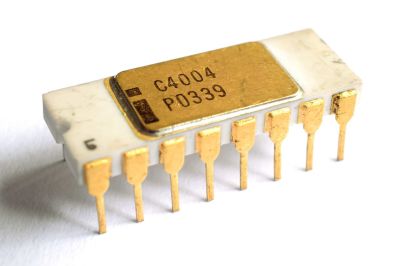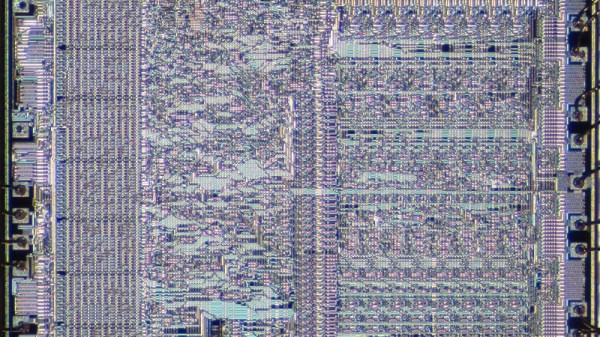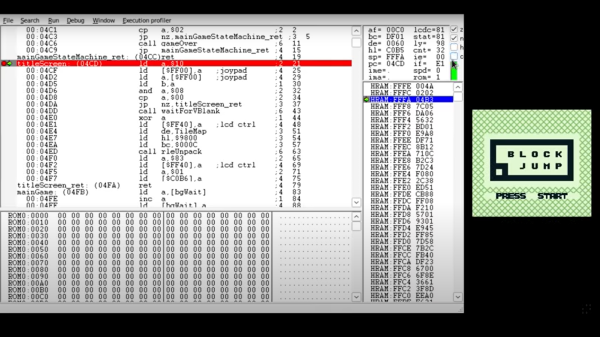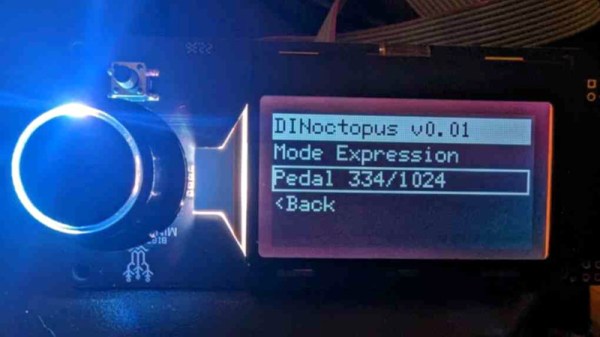When it was recently announced that the Linux kernel might drop support for the Intel 486 line of chips, we took a look at the state of the 486 world. You can’t buy them from Intel anymore, but you can buy clones, which are apparently still used in embedded devices. But that made us think: if you can’t buy a genuine 486, what other old CPUs are still in production, and which is the oldest?
Defining A Few Rules

There are a few obvious contenders that immediately come to mind, for example both the 6502 from 1975 and the Z80 from 1976 are still readily available. Some other old silicon survives in the form of cores incorporated into other chips, for example the venerable Intel 8051 microcontroller may have shuffled off this mortal coil as a 40-pin DIP years ago, but is happily housekeeping the activities of many far more modern devices today. Still further there’s the fascinating world of specialist obsolete parts manufacturing in which a production run of unobtainable silicon can be created specially for an extremely well-heeled customer. Should Uncle Sam ever need a crate of the Intel 8080 from 1974 for example, Rochester Electronics can oblige.
Continue reading “Ask Hackaday: When It Comes To Processors, How Far Back Can You Go?”














